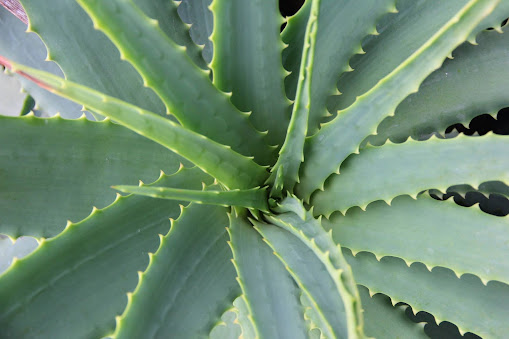Everyone has heard of the Nobel Peace Prize at some point or other in their lives, but not many people realize that there are more Nobel Prizes than just the prize for wok on peace. The Noble Prizes are known as the highest award one can receive in literature, medicine, physics, chemistry, and peace. These awards are huge compliments to those who win them, but many people do not know how they originated. This article will give you some background information on the Nobel Prizes.
Alfred Noble is the man who started the prizes; he was "born in Stockholm and lived from 1833 to 1896," and he invented many powerful things such as "dynamite, blasting gelatin, and a new kind of detonator for explosives" (Leokum, 1986, p.139). It is interesting to think the man that invented a prize for peace also created methods of destruction, but there is more to Nobel than you realize. Nobel was a scientist, but he was also a "poet," and he "thought that literature and science were the most important factors in human progress" (Leokum, 1986, p.138). Although the inventor of these prizes created dynamite; he also wanted to end war and hoped this prize would help to end it.
The Noble Prizes started after Alfred Noble passed away. He left a "fund of $9,000,000" to support these prizes and be presented as awards, and the "prizes averaged about $ 40,000 each". This was a lot of money when these prizes started. The first Nobel prizes were awarded on the anniversary of Nobel's death which was "December 10, 1901" (Leokum, 1986, p.139). Nobel was a great man who sacrificed some of his wealth to help the world in many ways.
Since Alfred Nobel grew up in Sweden "the Nobel Foundation of Sweden distributed the awards," and many of the institutes that judged these awards were located in Stockholm. Many famous people have won these awards such as "Theodore Roosevelt, Albert Einstein, George Bernard Shaw, Marie Curie, Rudyard Kipling, Ernest Hemingway, and Ralph Bunche" (Leokum, 1986, p.139).
These prizes have been awarded for many decades, and each winner is awarded the prize money, a diploma, and a coin. I think this prize is a beautiful thing, and I think Alfred has definitely left his mark on society and the world by starting these awards.
Reference:
Leokum, A. (1986). The Big book of tell me why. New York, NY: Grosset and Dunlap.







